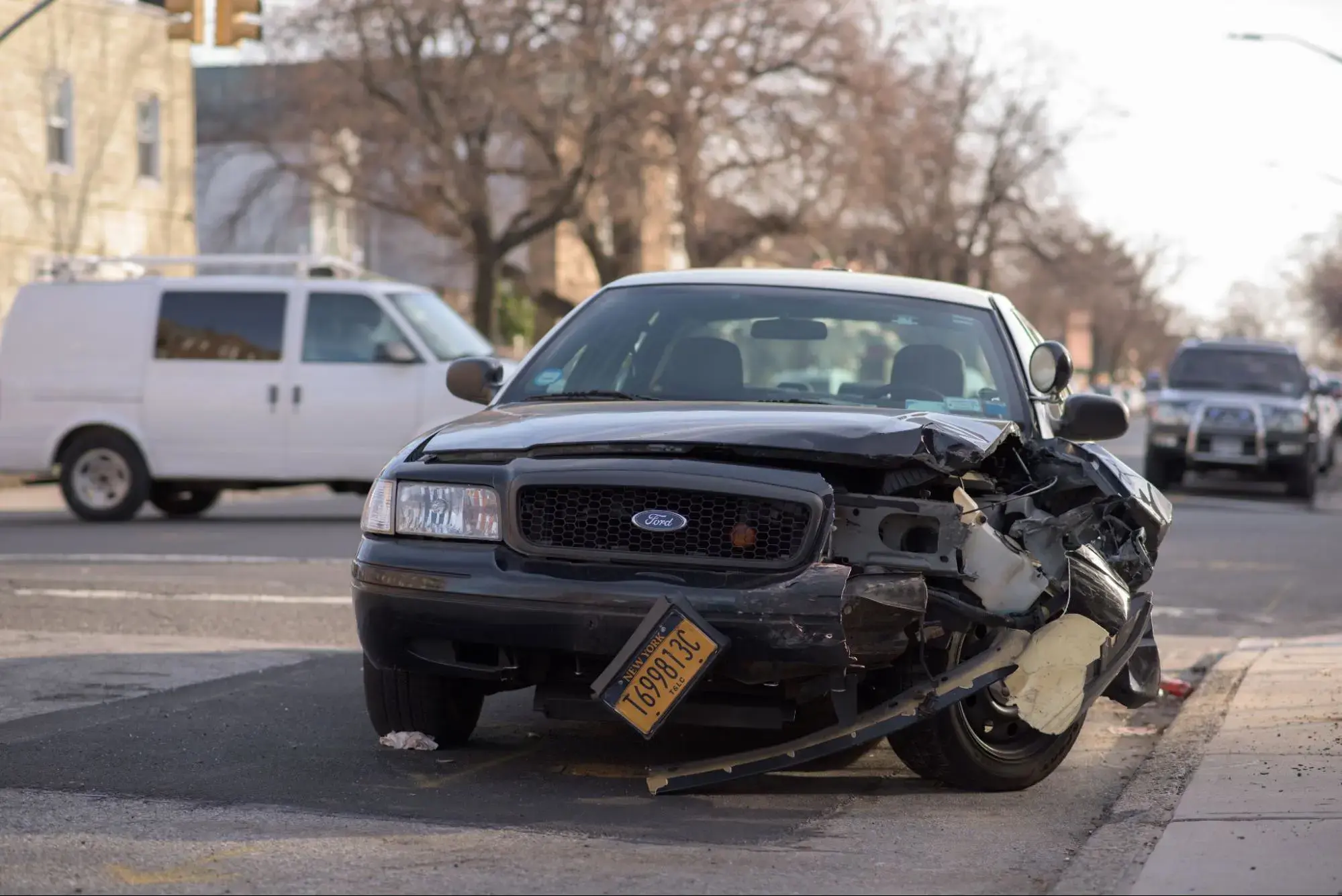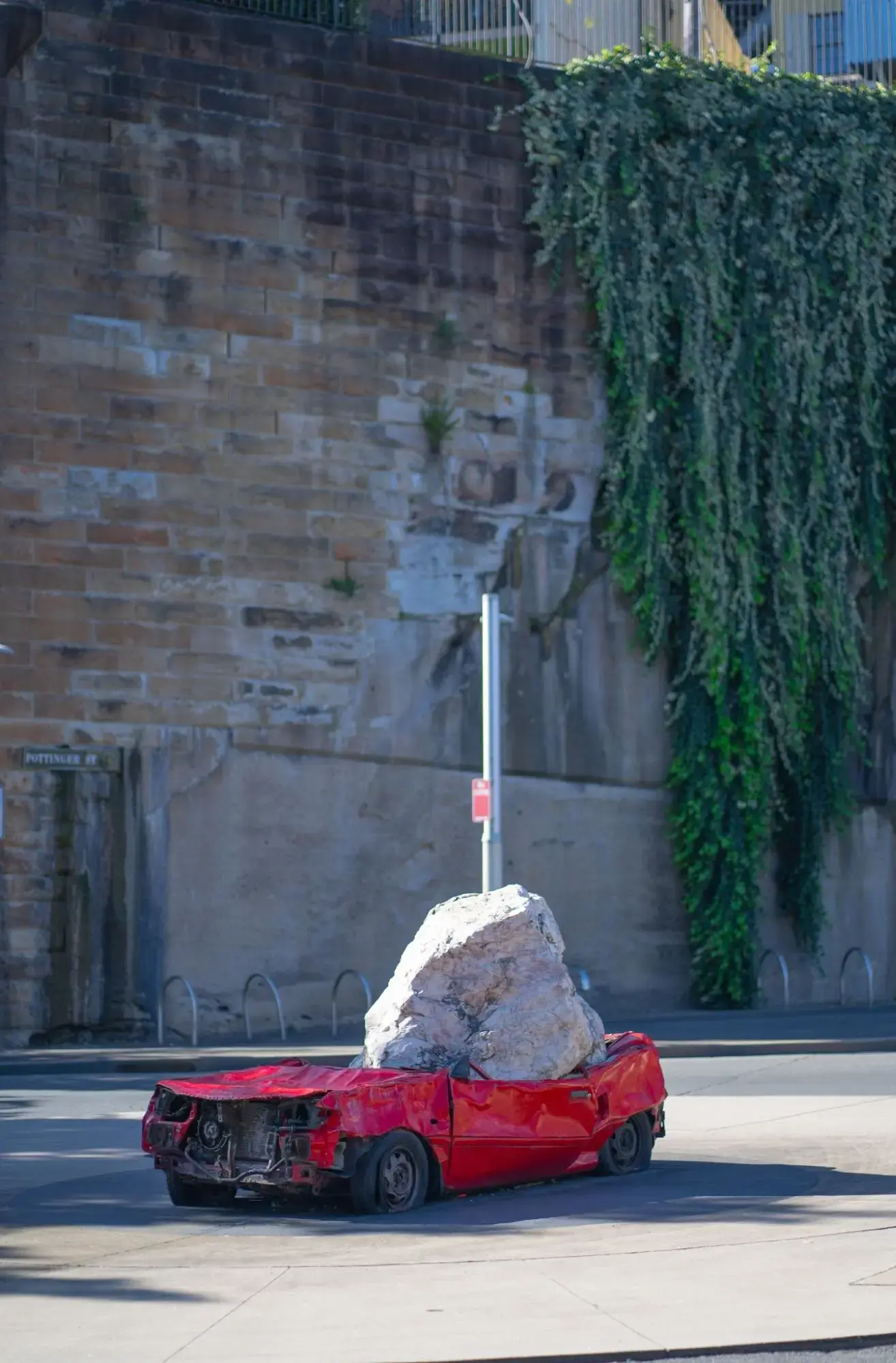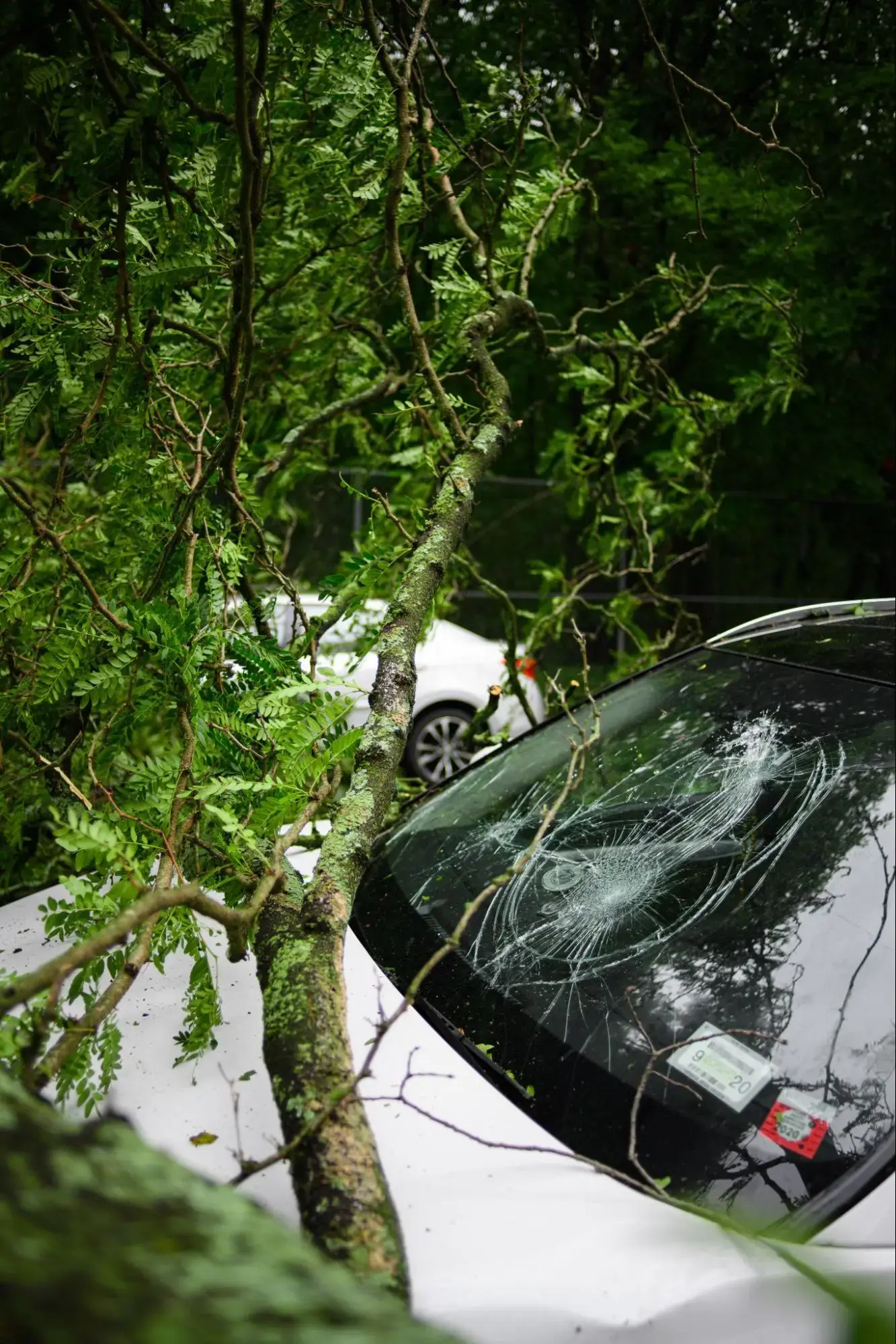What Is The Difference Between Liability Vs. Full Coverage?
Learn how liability insurance and full coverage auto insurance are different. Find out which one is right for you and see what alternatives are out there.
Our content follows strict guidelines for editorial accuracy and integrity. Learn about our and how we make money.
Typically, car insurance will cover basic things like damage to your car, vandalism, and theft of your vehicle.
What is important, however, is that you know which type of policy you are purchasing so that you get coverage that works best for you.
This article will help you understand the difference between liability coverage and full coverage, what each can offer, and how they compare.
What Does Liability and Full Coverage Protect?
In 2018, there were over 273 million registered vehicles in the U.S. In the same year, Statista found that there were over 34,000 fatalities, around 1.8 million injuries, and around five million car crashes that involved property damage.
There are two main types of car insurance coverage: liability and full coverage.
Full coverage generally has more expensive premiums but offers more benefits and types of coverage.
Liability coverage, on the other hand, is more limited in what it can cover but is a cheaper alternative to other types of car insurance.
For you to understand the difference between the two insurance policies, the table below shows you how liability insurance and full coverage look side by side.
| Full Coverage | Liability Coverage |
|---|---|
| More expensive than other car insurance premiums. | Less expensive than other car insurance premiums. |
| Typically offers the same coverage as liability coverage, as well as comprehensive, collision, and personal injury protection. | Coverage includes bodily injury liability and property damage liability. |
| In the case of an accident, it will cover you, your passengers, and damages to your car following an accident. | If there is an accident, it will only cover the other party's damages if you were liable. It doesn’t cover damages to your property or your own injuries following an accident. |
| Covers damage to your vehicle that isn’t from an accident. This would include theft, vandalism, and/or weather. | Doesn’t cover anything outside of a vehicle accident. Collision with objects, theft, vandalism, or weather damage is not covered. |
| More than the minimum coverage required. | Seen as the basic, or "minimum" car insurance that is required in most states. |

Source: Unsplash
What Is Liability Coverage?
A liability insurance policy helps you cover damage that you have caused to someone else’s car in an accident.
Liability coverage will cover vehicle repairs, medical bills, and any other resulting injuries found to be your fault.
However, it does not cover the damage that has been done to your own vehicle.
Auto insurance policies include two types of liability coverage:
Bodily injury liability covers the medical expenses of someone injured in an accident you caused.
Property damage liability covers damage to the other party's property in an accident you caused, including any other vehicles.
Liability coverage can also be referred to as BI/PD or PL/PD coverage.
BI is coverage for the cost of bodily injuries
PL refers to your personal liability coverage in an accident
PD refers to coverage for property damage
You will be required to choose the limits for these coverage types.
Set limits will determine how much your insurance company will cover. The limits are displayed by three numbers. For example, 25/50/25 (PL/BI/PD).
The first 25 (PL) is for bodily injury liability coverage per person and is short for $25,000 worth of coverage.
The second number (BI) refers to bodily injury liability coverage per accident and in this case, shows that it is worth $50,000 in coverage.
The final 25 (PD) is for property damage liability coverage and is set at a value of $25,000.
Most states require a minimum coverage amount, so it is important to determine what the laws are in your state so that you are adequately covered.
These amounts range between $5,000 all the way up to $100,000 for PL, BI, and PD respectively.
Liability insurance that is above the minimum required amount will help provide extra protection for damage caused by an accident that is your fault.
This will help reduce out-of-pocket costs as you are responsible for insurance claims that exceed your liability coverage limit.
Coverage for When You’re Found Liable
Liability coverage doesn't cover your injuries or property damage to your vehicle. It only covers other parties if you're found liable for an accident.

Source: Unsplash
What Is Full Coverage?
Full coverage refers to a coverage package that is a combination of various other insurance policies.
The policies included in full coverage are liability, collision coverage, comprehensive insurance, and Personal Injury Protection (PIP). It can also include other coverage options that you may want or need.
Full coverage costs you more in monthly insurance premiums, but it can save you a significant amount of money in the event of an accident.
So, what do the other types of insurance add to full coverage?
Collision Coverage
Collision coverage will cover the following:
If your vehicle needs repairs in case of an accident.
If your car is wrecked during the accident, or the repairs needed become more expensive than the vehicle’s value, then collision coverage will pay for the value of your car.
If you drive a newer or more expensive type of vehicle, it is recommended that you consider collision coverage.
If you have a lienholder, then this type of coverage is required.
What Is a Lienholder?
A lienholder (also known as a lienor) is a person, company, or financial institution that co-buys a property, being a vehicle in this instance, or sells it to you on credit.
Comprehensive Insurance
Comprehensive insurance covers you in the event that something happens to your vehicle that is unrelated to an accident.
For example, if your car is damaged due to weather, something falls on your windshield, your car is stolen, or you hit an animal, comprehensive coverage will help cover those costs.
If you are a lienholder, this type of coverage is required for your policy.
Personal Injury Protection (PIP)
Throughout America, PIP is recommended for everyone if it is available in their state. It helps cover medical bills, lost wages, and other damages for the individual and their passengers in the case of a car accident.
No matter which party is at fault, PIP will still provide coverage.
PIP coverage is required in no-fault states as it protects the driver regardless of who is legally liable.
What Does No-Fault State Mean?
Car insurance laws can be defined as no-fault, choice no-fault, as well as add-on or tort liability.
No-Fault refers to the fact that you do not need to prove who was at fault in order to receive compensation from your insurance company.
This means that someone else's negligence won't prevent you from getting help with medical bills or damages to your car if the other driver is responsible for the crash.
No-fault states include Florida, Hawaii, Kansas, Kentucky, Massachusetts, Michigan, Minnesota, New Jersey, New York, North Dakota, Pennsylvania, and Utah.
Choice No-Fault refers to states that offer residents a choice of pure no-fault and a traditional automobile insurance policy that doesn't restrict their right to sue.
Kentucky, New Jersey, and Pennsylvania offer this choice.
Add-On or Tort Liability applies to states where there are no restrictions on lawsuits. A policyholder at fault in a car crash can be sued by the other driver and by the other driver’s passengers for any pain and suffering the accident may have caused.
They will also have to cover out-of-pocket expenses such as medical costs.
Full coverage also includes liability coverage. The difference, though, is that it also includes other additional types of coverages that will vary based on your insurance company and preferences.

Source: Unsplash
Comparing Liability and Full Coverage
If you can afford it, full coverage is typically worth the investment.
Although it is more expensive than liability coverage, increasing the cost of your insurance premium by adding comprehensive and collision coverage is much cheaper than having to buy a new car if:
You wreck it
It gets stolen
It gets vandalized
For example:
Let’s say you run a red light and crash your car into someone else’s new sports car and you only have liability coverage.
Say your PD liability limit is $10,000 and the car that you had an accident with, is totaled. If the replacement cost is $50,000 then you will be responsible for the remaining $40,000.
You will also have to pay for uncovered damages to your own vehicle.
However, if you had full coverage the situation would be very different. You still may have some out-of-pocket costs, but the amount then only depends on your policy's deductibles.
In this scenario, full coverage would help cover any costs associated with damages to your own vehicle, as well as any injuries that you may have.
If your car is worth less than your policy premiums after adding comprehensive and collision coverage, then full coverage is not necessary.
It would not be cost-effective to buy full coverage if it is valued higher than your vehicle. If your vehicle is wrecked, then the insurance will only pay out the equivalent of your vehicle.
It also wouldn't be worth having full coverage if your deductible amount is close to the value of your car. If this is the case, it may be cheaper to replace your damaged or stolen car.
What Is a Deductible?
A deductible is the amount of money that the policyholder needs to pay toward repairs to the vehicle before the insurance pays additional costs.
Alternative Auto Coverage
If liability coverage or full coverage doesn’t seem right for you, there is another option available to you.
Uninsured/Underinsured Motorist Insurance
In the U.S., state laws require that all automotive drivers be insured.
Yet, there are still many motorists without any form of insurance.
If you are in an accident and the other party is at fault, you will not receive any payment if they don’t have coverage, or you may receive less than you need if they only have limited coverage.
For this reason, uninsured or underinsured motorist protection helps cover your expenses when your damages exceed the other driver’s coverage amount.
How Do I Choose Which Coverage to Buy?
Accidents can happen at any time and in the event of one, no matter which party is at fault, it is important that you have the right type of insurance protecting you.
Auto insurance is an essential financial safety net that protects you in the case of an accident. In the U.S., you can’t legally drive your car without it.
If you’re currently looking for vehicle insurance or are curious about which policy is best, get in touch with one of our professional consultants for personal and tailored advice. Send us an email at help@policyscout.com or give us a call at 1-888-912-2132.
For more information on auto insurance policies or, quotes, and to get the process started, visit PolicyScout today.